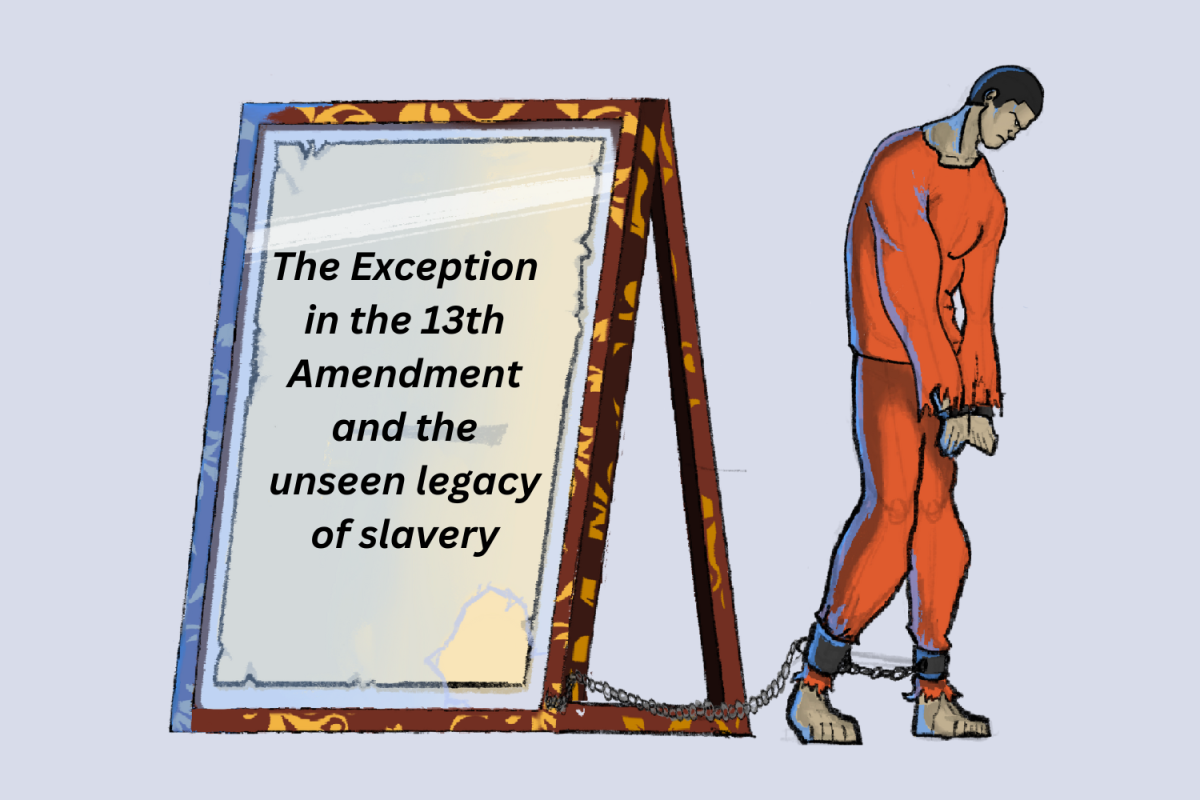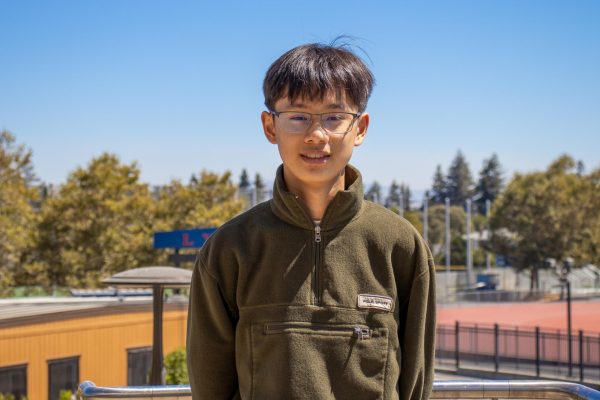From accompanying students on off-campus trips to attentively taking and uploading individualized notes to Schoology, Lynbrook Paraeducators play a key role in the success of the special education department, helping make Lynbrook a more vibrant campus.
Resource Department:
The resource department helps all students on an individualized education plan, which provides a roadmap for students with disabilities across functioning spectrums, and ensures their overall success. Paraeducators can often be seen taking notes in the back of classrooms, mastering a wide range of classes and subjects and adapting to different teachers’ lesson structures. They later reteach and relay this knowledge to their students.
Lalitha Balasubramanian:
Balasubramanian, now in her 17th year of teaching, began her career as an accountant in India, but after immigrating to the United States and volunteering in her children’s classes, she felt her interest in teaching grow. Since then, she has worked in elementary, middle and now high schools across the Cupertino Union School District and FUHSD.
“Although I have worked with students from kindergarten to 12th grade, I was so surprised how disciplined and well-behaved Lynbrook students were,” Balasubramanian said.
On top of her role as a paraeducator, Balasubramanian also serves as one of Lynbrook’s transition specialists who support special education students in establishing clear paths after high school, whether that involves applying for colleges or jobs related to their interests.
“We can actually, over the span of four years, see the result of helping our students — it gives us happiness,” Balasubramanian said. “Seeing the students’ success is everything for us.”
Seema Saxena:
Saxena was inspired to join the district as a paraeducator after her children attended Lynbrook. Previously a teacher of five years in India, Saxena was interested in understanding the different education system her children were in, pushing her to volunteer in their classes.
“I really wanted to come here,” Saxena said. “Both of my kids studied here; I have ties, neighborhoods and history here. It’s so fulfilling when I take my evening walks and see students in the neighborhood — they recognize and wave to me.”
She often asks herself questions integral to student success: Are they falling behind? Do they need to retake or not? What can we do as paraeducators?
Because of these demands, she is appreciative of the respect she receives from both students and teachers.
“There is so much inclusivity because the teachers portray us as just another teacher in the class,” Saxena said. “We love when students, regardless of their program, reach out to us and ask us questions.”
Ranjani Narasimhan
Growing up in a boarding school, Narasimhan, one of Lynbrook’s resource paraeducators, was constantly surrounded by a learning environment. Eventually, that sparked her interest in working with students and brought her to foster this environment everywhere she went.
“I was in school all the time until 10th grade,” Narasimhan said. “Because of that, I became comfortable around students and school communities. So even when I came to America, I was drawn to volunteer at a school. That eventually developed into a full-time job, and it has been 18 years since.”
The job can be tough — working seven hours a day and hosting after-school office hours to provide extra help for students. Despite this, Narsimhan finds fulfillment in her job as she watches her students learn and succeed.
“You really become attached to the students, whether you like it or not, and watching them grow everyday gives you and then leaving for college is the best experience,” Narasimhan said. “It makes you want to be at the center of giving them that support”
ACT and SOAR program:
The Academic Community Transition program works alongside the Student, Opportunities, Achievement, Responsibility program, a post-secondary program that aids students who will earn a certification of completion or alternate diploma. Once they complete high school, they continue their education in SOAR until they are 22 years old. One can find Lynbrook’s ACT and SOAR paraeducators at local stores supporting students as they practice life skills including making purchases, or around the 600 wing, actively assisting their students.
Om Khandekar
Walking to Safeway with students isn’t a typical exercise teachers conduct at school, but it is for Khandekar. Since 2022, Khandekar has worked with Lynbrook’s special education department. Starting with meetings in the early morning and late afternoon, Khandekar and his colleagues work hard to ensure Lynbrook’s special education students are receiving the support they need.
Years after Khandekar attended Monta Vista High School, he still remembers the inspiration he took from his wrestling coach, who was both a mentor and a paraeducator.
“He made me realize that there are non-traditional teachers on campus that too work with students,” Khandekar said. “Seeing my coach enjoy his job gave me a really positive impression of paraeducation. It showed me that there are more paths in education than just teaching.”
Khandekar studied journalism in college, and when he returned, he learned about an opportunity in paraeducation while catching up with his old district friends. Jumping at the job opening, Khandekar began as a paraeducator substitute teacher at Lynbrook, and now works as a full-time, differentially-trained paraeducator.
“While I was fully aware of my role of working with students, I was surprised by the amount of training paraeducators had to go through,” Khandekar said. “There’s a lot more philosophy behind it. We’re not just a second pair of hands or a second set of legs. We implement techniques and practices — even when we’re just talking to our students — and provide them with the necessary support.”



































































